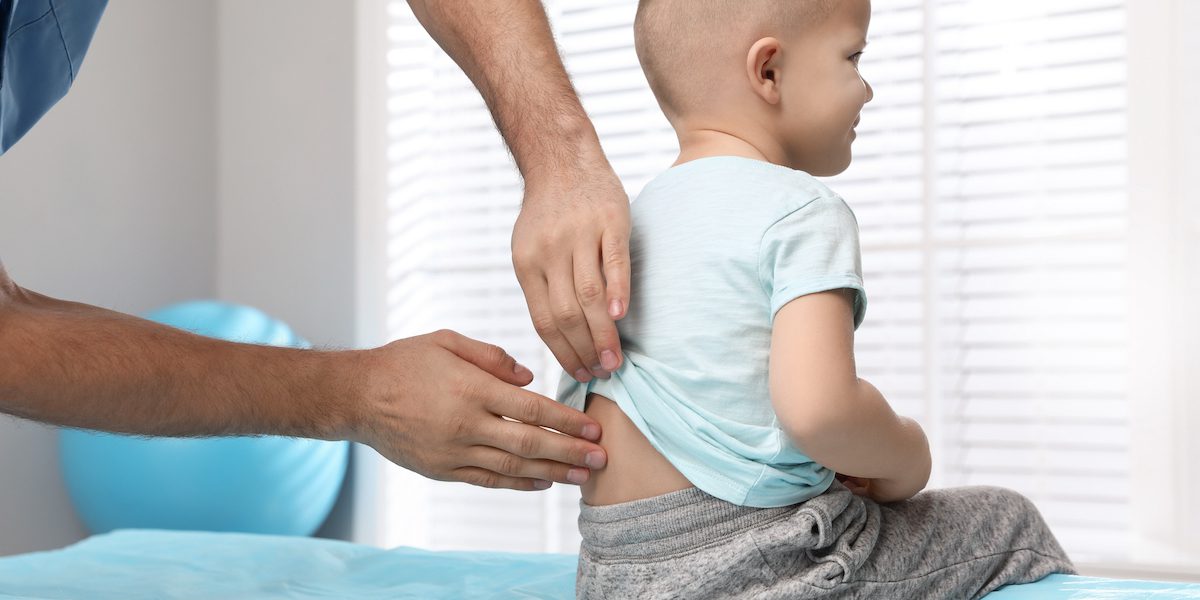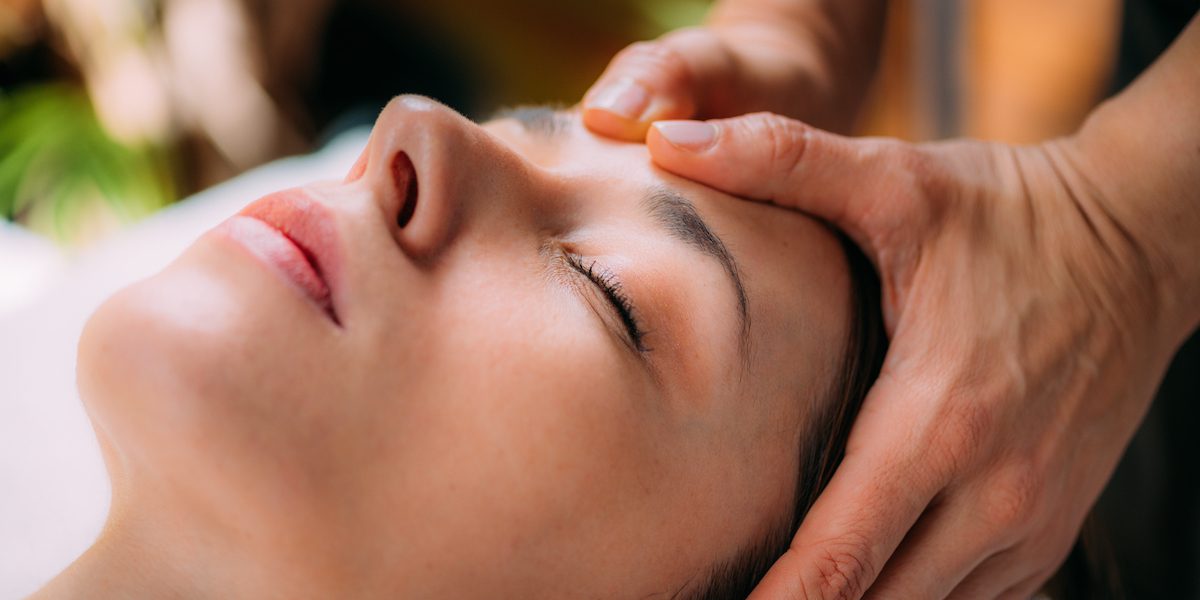1. The body is a single unit
Although there are many parts in the body, all of them are inter-related, and each part works in harmony with, and for the benefit of the other parts.
2. The body has self-regulating mechanisms

For the optimal health, function, and longevity, the body has a way of protecting, repairing and regulating itself. These self-protecting and self-repairing “mechanisms” allow the body to adapt to stresses caused by the environment and still maintain optimal body health and function. These mechanisms keep the body in balance regardless of what works upon it or what happens around it.
3. Structure and function are reciprocally interrelated
In other words, structure can affect function and function can affect structure.
4. Rational treatment is based on the first three principles

Osteopathy also encompasses all recognised tools of diagnosis and healing, including osteopathic palpatory and manipulative treatment methods. The osteopath examines, diagnoses, and treats based upon the above principles.
For you, this means that treatment extends beyond the clinic and involves diet, exercise and lifestyle. This makes osteopathy an effective form of treatment for sports people, office workers and people with repetitive manual jobs.
Osteopathic treatment is non-invasive, gentle and safe. Our range of techniques are all hands on and expansive, including direct techniques like manipulation and massage or indirect techniques to decrease tension in the connective tissues of the body and restore a sense of balance. With this in mind osteopathy is ideal for treatment of infants, children and the elderly.
Osteopathic Council of Ireland (OCI), [https://www.osteopathy.ie/], accessed April 2023
